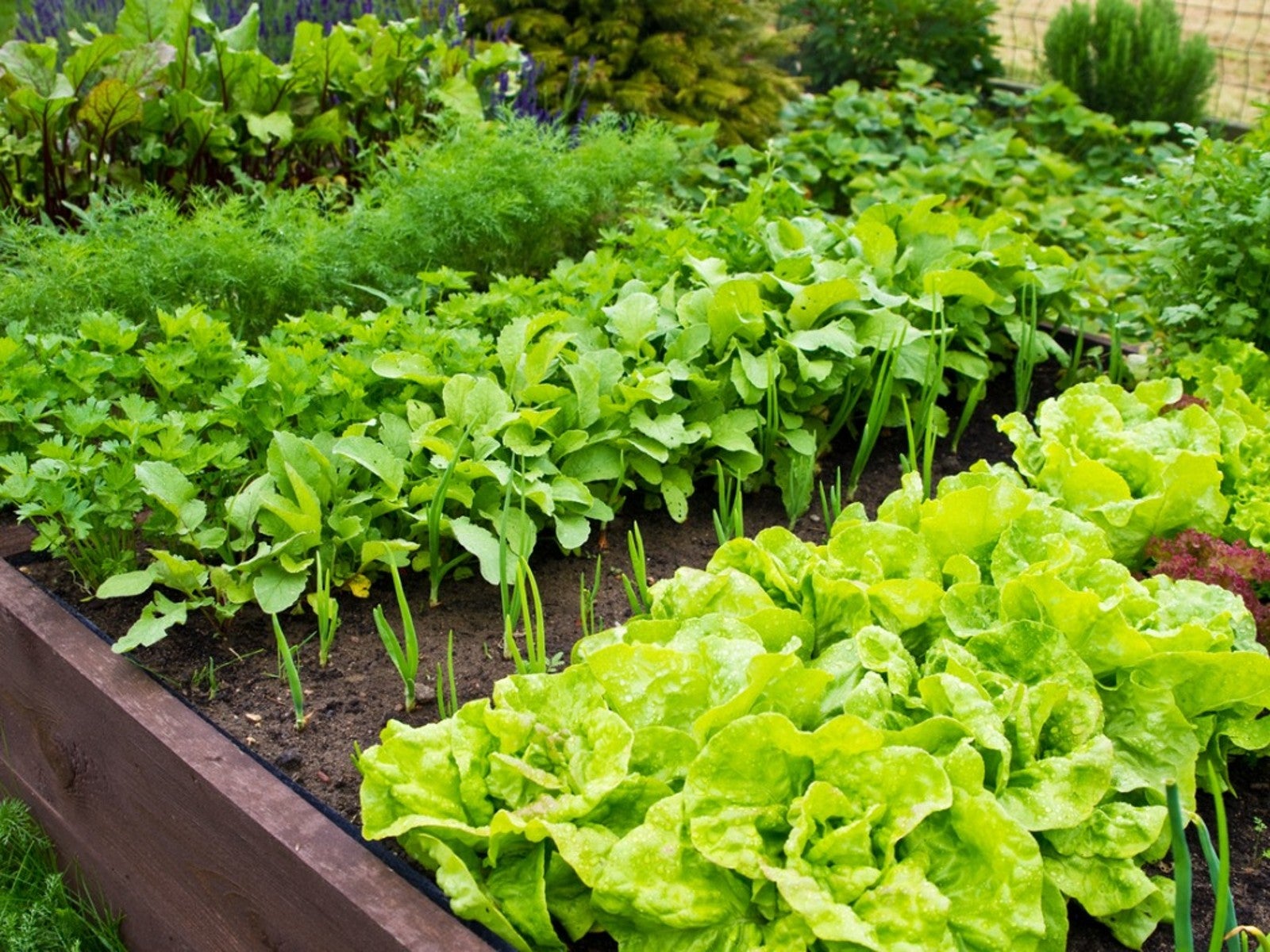Benefits Of Planting In Fall Vs. Spring Vegetable Plots


On the surface, it would make sense that the exact same veggies planted in both the spring and fall would perform the same. Yet, often they don't. Many gardeners discover fall gardens produce higher yields of better quality produce. So why is fall better than spring for planting cool weather vegetables?
Spring vs. Fall Garden Vegetables
One reason is many cool season crops are biennials. These plants are preprogrammed to produce seeds once they have lived through a cold spell. Planting frost-tolerant veggies like lettuce and kale in early spring can expose them to winter-like weather. The onset of hot weather triggers these plants to flower, sometimes before they've reached a usable size.
If you've ever been disappointed when your spring veggies bolted before you had a chance to enjoy them, you'll find this is less likely to happen in a fall garden. In general, many fall crops remain productive until they experience a hard freeze. This can create a longer harvest period and higher yields for fall-grown vegetables.
Shorter daylight hours and cooler temperatures also affect a fall garden. The plants will grow slower, but at the same time they are also preparing for winter by converting starch to sugar. This makes many fall-grown vegetables like carrots, lettuce and broccoli taste much sweeter than their spring counterparts.
When planting fall cool weather crops, gardeners may find their seeds germinate quicker in warm summer soils and pests, like flea beetles, are less of a problem. Yet, gardeners can also have issues specific to fall gardening.
Overcoming Fall Gardening Issues
Lack of seeds and seedlings – As big box stores and nurseries transition from summer merchandise to pumpkins, gourds and fake leaves, gardeners will find little shelf space devoted to fall seedlings. Additionally, online seed retailers may have run out of favorite seed varieties by midsummer.
Solution: Plan for a fall garden when ordering seeds in the spring, then start your own seedling transplants in the house.
Sign up for the Gardening Know How newsletter today and receive a free copy of our e-book "How to Grow Delicious Tomatoes".
Hot, dry or crusty garden soil – As with spring crops, fall gardening requires proper soil preparation. Yet working soil during the dog days of summer can lead to overly dry soil which can form a crust after a heavy rain. This can result in much poorer germination rates than in spring.
Solution: Water seeded beds deeply with a fine spray. Mulch as soon as possible. Use a shade cloth to keep soil cool and reduce evaporation.
Knowing when to plant cool season vegetables – Most seed packets include information for recommended spring planting dates, but planting in the fall means doing the math yourself.
Solution: Start with your average first fall frost date and count back the number of days to maturity for each type of seed you plan to sow. Go back an additional 14 days as fall crops grow slower. This is your target sowing date.
Do the same for seedling transplants. If you're starting them yourself, add another five weeks from the transplant to harvest date for that particular crop and variety. The date you arrive at is when you will need to sow your seedling trays.
Cold Weather Vegetables to Plant in Fall
With few exceptions, most cool season vegetables you can plant in the spring are suitable for planting as a fall crop. Here are the three primary types of veggies that often do better in a fall garden:
Leafy Greens
Root Vegetables
Additional Cruciferous Vegetables

Laura Miller has been gardening all her life. Holding a degree in Biology, Nutrition, and Agriculture, Laura's area of expertise is vegetables, herbs, and all things edible. She lives in Ohio.